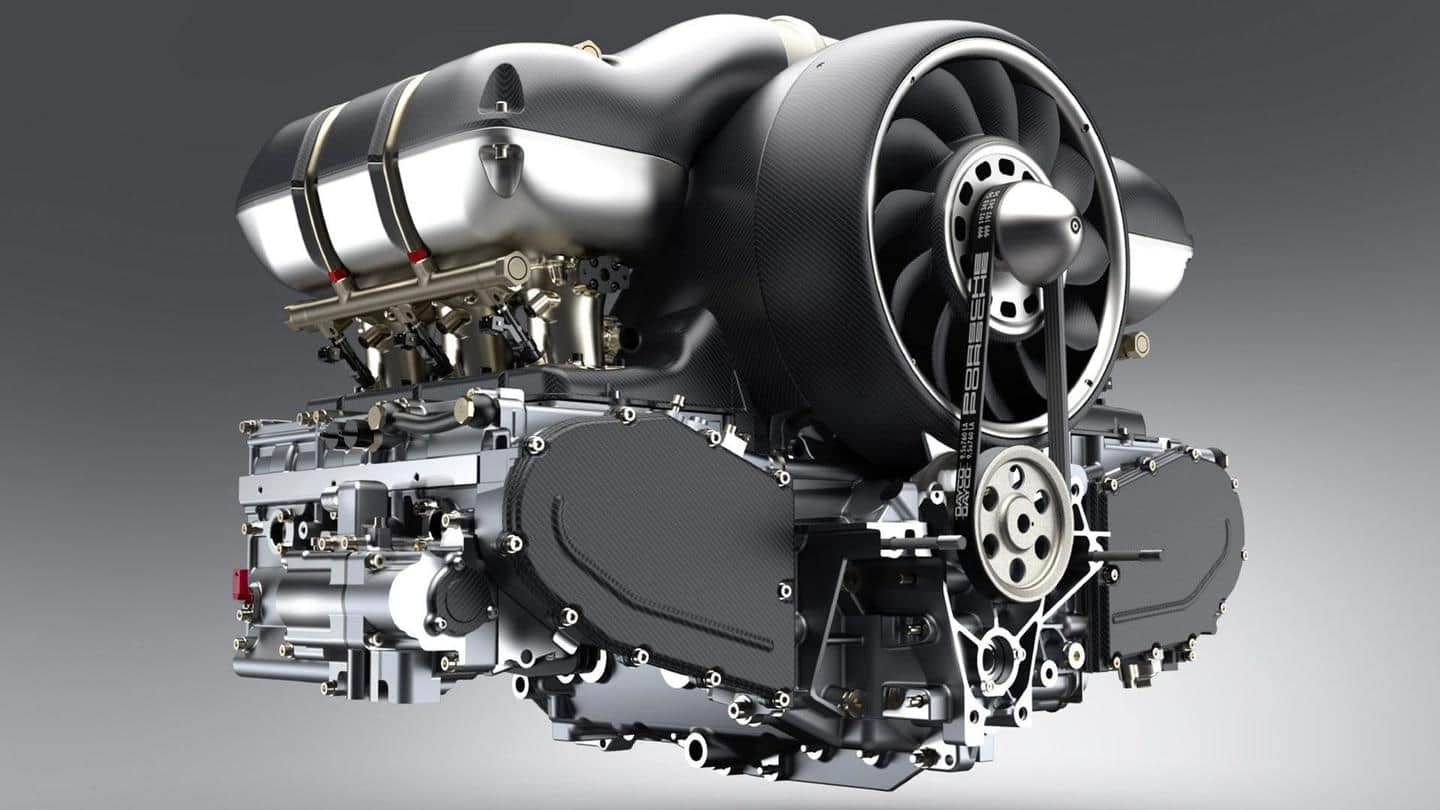
#NewsBytesExplainer: Types of car engines and how they work
What's the story
Fuel-guzzling cars pack a combustion engine in which a spark ignites the fuel-air mixture causing a mini-explosion. This, in turn, sets the vehicle into motion.
However, it is up for debate whether naturally aspirated, turbocharged, supercharged, or twin-charged engines are the best choice.
They are all unique and hence it is best to look at their pros and cons before coming to a conclusion.
Type #1
Naturally aspirated engine
Naturally aspirated engines have a large space within combustion chambers and take in air under normal means at normal atmospheric pressures.
As the amount of air entering the chamber increases, more fuel can be added to generate more power.
With an increase in vehicular speed, the rate of airflow into the engine also increases, allowing it to generate the required power at higher speeds.
Information
What are its benefits and drawbacks?
Generally, naturally aspirated engines are more reliable as compared to turbo or supercharged mills as well as forced induction motors. However, to have a powerful car with a naturally aspirated engine, customers will have to opt for a large and heavy powertrain.
Type #2
Turbocharged engine
Turbocharged engines have a high power output but low fuel consumption and weight, making them popular among performance enthusiasts.
These mills suck in gases from the four-wheeler's exhaust outlet and force them back into the air intakes, thus filling the cylinders with more air and creating a more powerful burn.
The power output of these motors increases at higher RPMs.
Information
Turbo engines experience a lag
Turbo engines are extremely efficient as they use waste energy to boost power outputs. On the downside, the compressor has to reach a minimum speed to bring about the effect and this causes a delay in power delivery. Almost all turbo mills experience some lag.
Type #3
Supercharged engine
Supercharged engines have an air compressor (supercharger) mounted at the air intake point which runs directly via a belt/chain. The supercharger takes in fresh air, compresses it, and sends it to the engine's intake chamber.
These engines promise excellent power output at low RPMs and don't lag like turbocharged mills.
However, they can generate an annoying whining noise and are less fuel efficient.
Type #4
Twin-charged engine
A twin-charged engine comprises a turbocharger and supercharger which work in tandem. The aim is to keep the engine compact and efficient while also promising high performance.
The supercharger engages from idle speed and operates until it is suitable for the turbocharger to take over. The latter is engaged at higher RPMs which is its optimal working range.
Information
Twin-charged mills are fuel efficient
Nowadays, automakers are opting for twin-charged engines as they are quite powerful and also meet strict fuel economy standards at the same time. However, their complex nature makes them difficult to operate on and vehicles equipped with them bear a hefty price-tag.